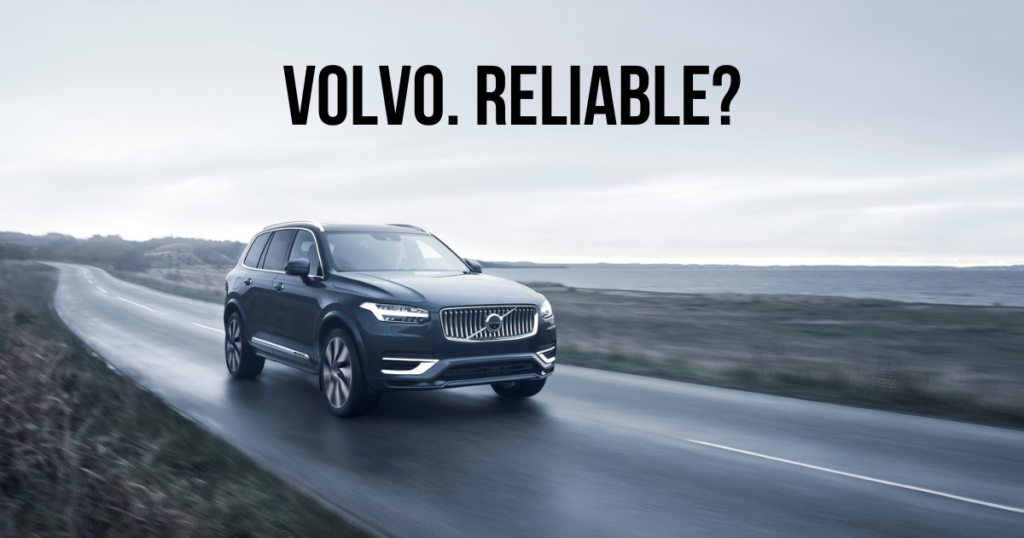
Having released its first model in 1927, Volvo is a Swedish manufacturer widely known for producing luxurious sedans and versatile station wagons. Volvo’s recent reimagining has resulted in an impressive car lineup that reflects a robust Swedish design aesthetic.
Yet the most critical question remains: is it reliable? Volvo isn’t typically spoken in the same breath as reliable automobiles. This article aims to examine the Volvo automobile line in detail, identify its most and least reliable models, and some common problems that could be deciding factors for the buyer.
When it comes to reliability, Volvo is a car brand with ordinary to above-average reliability, depending on where you look. Hence, there might be other choices if shopping for the most reliable brand. On the other hand, if you buy a Volvo, you can be assured that it will be a dependable car for the most part.
What is a Reliability Rating?
Each year, Consumer Reports conducts a study called Auto Reliability that looks at the experiences of thousands of car owners with vehicles that they’ve had for at least three years. Each vehicle model is given a score, with higher values indicating fewer reported problems with that model in the past year.
How is Reliability Assessed?
Many criteria are considered and weighed together to generate an overall reliability rating for a vehicle. Some examples are the frequency of breaks down, the severity of the encountered problems, the cost of repairs, and the amount of time required for each repair.
It is standard practice in studies on reliability to utilize a large sample to exclude the effects of potential confounding factors. For example, aggressive driving could speed up the wear and tear on particular components.
Studies also typically exclude cars older than a particular age because, while early-life problems may be attributable to a vehicle’s construction, later problems may be due to improper upkeep. An automobile, for instance, may live longer if serviced regularly.
Volvo Reliability: What do the numbers say?
Volvo was named the most reliable premium brand in the 2019 JDPower UK Vehicle Dependability Study. Software and satellite navigation problems were the most common complaints from owners of different models. Only 2.3% of owners had problems severe enough to cause a total breakdown throughout the survey’s reporting period.
Reliability Index 2019 ranked Volvo the 23rd most reliable brand out of 40 manufacturers. This ranked the automaker in 2019’s top 5 between MINI and Vauxhall. Volvo does slightly better than average in other measures of reliability. Compared to different makes, Volvo ranks 13 out of 40 in terms of how much time its vehicles spend in the shop, with an impressively low average of just over 2 hours.
Based on a survey conducted by carwow in 2020, the typical Volvo vehicle repair cost is £790 ($935). According to the study’s criteria, Volvo received an average dependability rating of 62%, with the caveat that its defects are more expensive than those of competing brands.
WhatCar scored it below the industry average in the 2021 Reliability Study, placing the company in the nineteenth position out of thirty competitors.
A Breakdown of Volvo’s Features
Safety

Regarding automobile production, Volvo is renowned for its emphasis on safety. It was the first to introduce the three-point seat belt, seat belt reminder, and side impact protection system. Examples of technologies designed to reduce the incidence of accidents include blind-spot monitors, pedestrian detectors, and pilot aid systems.
In 2008, they set out on a mission to eradicate all vehicle-related deaths and severe injuries by 2020 with a program called “Vision 2020,” which enlisted the help of everyone in the auto industry to reduce and eventually eliminate the danger posed by accidents. In 2021, Volvo was named a “Top Safety Choice” by the Insurance Institute for Highway Safety.
Performance

If you spend a lot of money on a car, you want it to do what you pay it to do: run smoothly and quickly. The performance of a luxury car matters the most while differentiating it from a conventional go-to vehicle, as more than aesthetics is required.
Volvo is of little use here. These are high-end vehicles designed to be driven daily, in all weather, and through a variety of terrains, including the rugged roads found in Sweden. With this in mind, the corporation produces tires and engine systems that do not provide the typical smooth ride that consumers in the United States expect.
Consumer Reports regularly feature complaints from drivers about Volvo’s rough driving experience. There is no denying that the inside of the car as well as the outside, are as elegant as any high-end vehicle. However, the ride quality needs to meet expectations.
Speeds
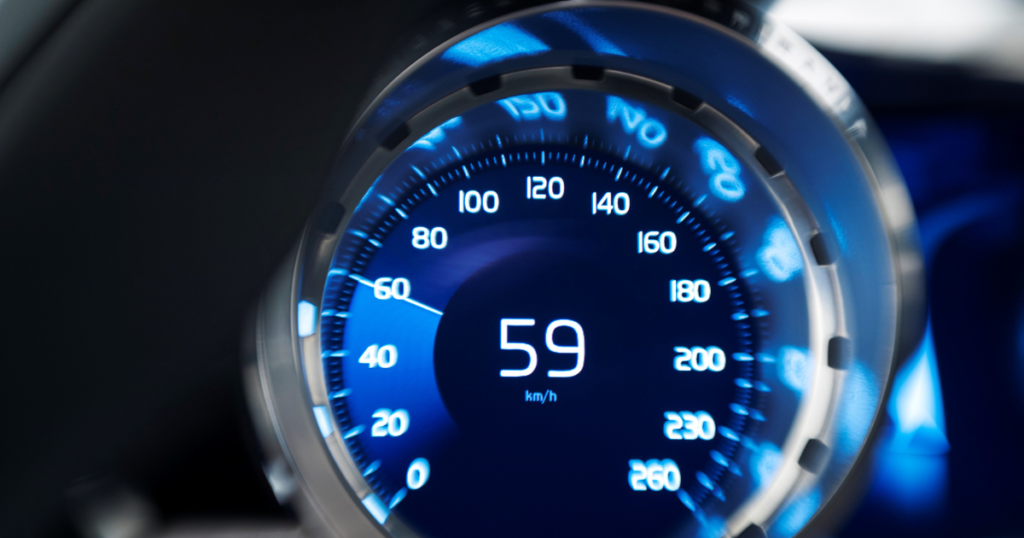
Unfortunately, Volvo’s mediocre top speed dissatisfies its loyal customer base. The standard expectations are top speeds of 250 or 300 km/h for a luxury vehicle from a company as reputable as Volvo. Its emphasis on safety is a significant cause, as discussed further.
Because it caps all Volvo cars at 180 km/h, Volvo’s “Vision 2020” is a drawback in terms of speed limits. However, when there is a proactive endeavor to decrease traffic accidents, one finds it difficult to fault the manufacturer. Yet, Volvo has lost many consumers due to this restriction.
Off-road Power

Volvo’s superior off-road capabilities are due to its cutting-edge all-wheel-drive technology, which ensures excellent traction even in extreme weather conditions like deep snow or torrential downpours.
Turbocharger
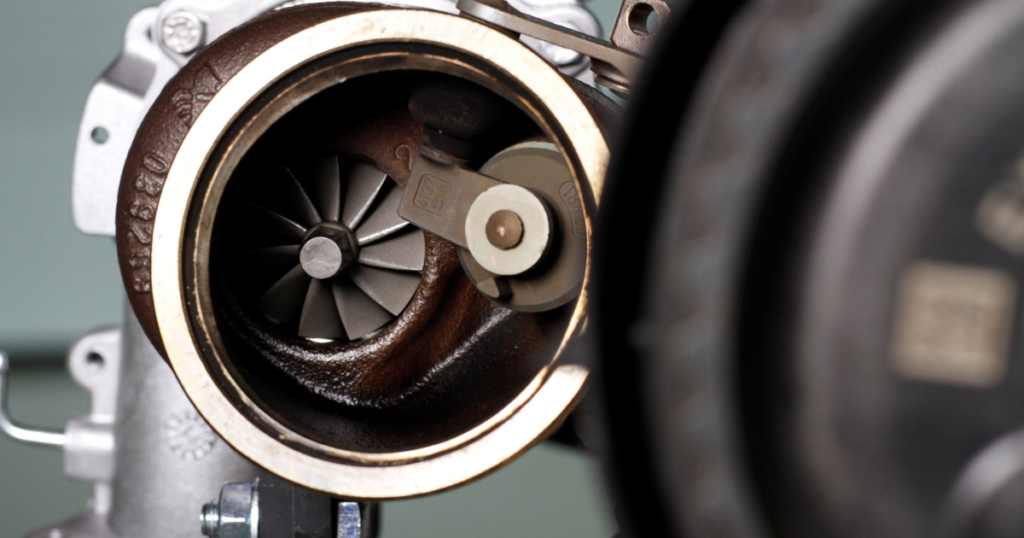
Be sure the Volvo you buy has a turbocharger if you’re looking for a reliable premium vehicle. Engines with turbochargers are more efficient and have a higher power density than standard motors. This makes it possible for a relatively small engine to produce significantly more power and torque.
The Volvo lineup of vehicles now features turbo-engine technology, which significantly improves the efficiency and output of the cars. This powerful, electric engine can continue to work efficiently for a very long time.
Fuel Economy
The Volvo may appear to be a car that would consume a lot of gas, but it has far better gas mileage than its competitors. Due to the increased power requirements of a heavy vehicle, additional fuel is always necessary when traveling or driving up mountains.
Volvo’s turbo engine, on the other hand, improves efficiency without sacrificing power. If you’re looking for a turbo engine, this one is the only one that balances fuel efficiency and low emissions.
Practicality and Functioning
With a Volvo, you can rest assured that you won’t have to choose between luxury and practicality. Whether it’s the spacious interior, the number of available seats, or the fact that a Volvo can fit eight people, Volvos are versatile and comfortable.
Swedish Interior
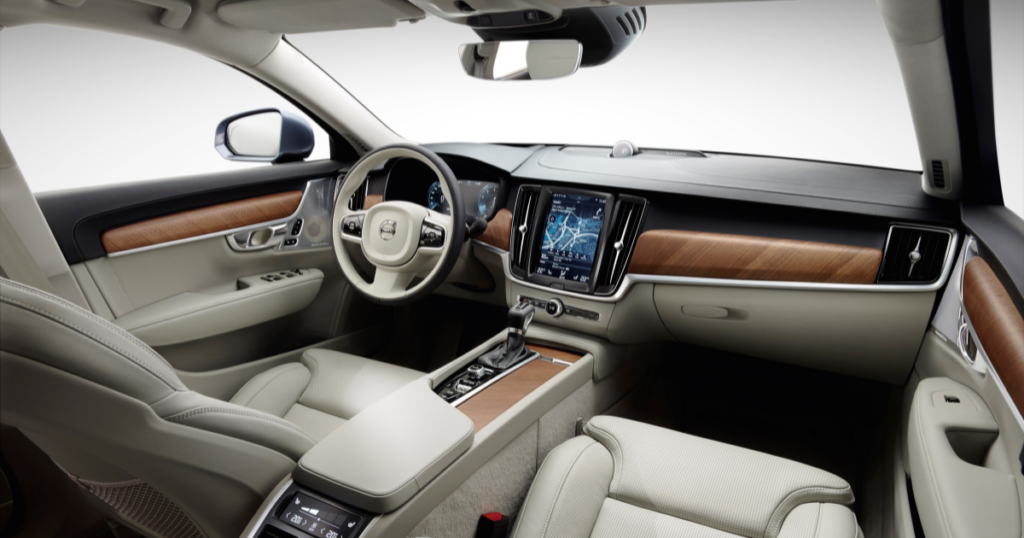
Scandinavian minimalism inspired the sleek and sophisticated style. Seats are covered in leather, and there are a variety of lighting and roof configurations to choose from, all of which attest to the company’s skill at incorporating cutting-edge technology without sacrificing aesthetics.
Exterior
These automobiles are known for their variable ride height, low front ends, and big back windows. The sturdy build, again a reminder of its off-road prowess, also reflects the company’s vision of what a secure, reliable, and elegant automobile should be.
Amenities

The Volvo entertainment system is flexible, supporting Apple CarPlay and Android Auto among its many features (available in the latest models). Access to contacts, streaming, and music are just some of the entertainment and communication possibilities available in the Volvo series.
The Smart Driving Assistance that ensures your safe arrival at your destination is also included. Your vehicle will stay in its lane thanks to the integrated sensors that warn you of potential crashes.
Commonly Reported Problems That Decrease Reliability
Excessive Oil Consumption
According to CarComplaints, the most prevalent complaint regarding Volvo vehicles is that they consume excessive oil. Reports have surfaced of Volvos needing an oil change well before the manufacturer-recommended interval, which should usually be unlikely unless there is a severe problem like a leaking head gasket or clogged oil filters.
Over time, excessive oil use can harm the engine, which can be quite costly to replace. The Volvo S60 particularly has a widespread issue with this specific problem.
Transmission failure
Owners of Volvos have also complained about the transmissions completely breaking down. Some customers complained that they began experiencing transmission irregularities and then complete failure. The 2001 V70 station wagon and the 2005 XC90 both suffered from this problem to a significant degree.
In those years, transmission was both scarce and costly. The newest versions have reported no major transmission problems (2010 and after). If you still have the Volvo V70, repairing the transmission can set you back nearly $4,000.
Cooling Fan Issues
The engine cooling fan, also known as the radiator fan, often malfunctions in Volvo vehicles, leading to overheating. With the help of the cooling fan, we can keep the engine at just the right temperature for peak performance. Overheating the engine has disastrous consequences and can be very expensive to fix.
A failing cooling fan could be due to many factors, such as a dirty air filter, a broken clutch assembly, a faulty temperature sensor, or bad wiring. XC60 owners had the most trouble with their cooling fans.
Parts and Repair Costs
The high average cost of repairs is a significant contributor to their unreliability. The reliability of a car decreases as its repair expenditures rise. People generally regard vehicles as more trustworthy if they have fewer breakdowns and require less money to fix each time they go to the mechanic.
When evaluating a car’s dependability, owners also examine how long it takes for maintenance, so if a vehicle is frequently in the shop, it will count against it in a review. Volvos have lower maintenance costs than luxury brands like Mercedes and BMW, but expensive repairs and parts can quickly add up.
Because Volvo components are custom-made and expensive, they are not readily available at most local repair shops. ”Lifetime Parts Warranty” does provide some relief to the buyer in the cost and hassle of replacing components such as batteries, brake pads, rotors, wiper blades, tires, and clutch lining throughout the life of your vehicle.
Software Issues
One of the reasons Volvos score so poorly in reliability is that they require frequent software updates. Volvos are fitted to the hilt with high-tech features, and with more features comes more potential for failure.
Everyone with a new smartphone with the latest operating system knows software updates aren’t always smooth. The entire system can break down if even a single app is incompatible. The technology found in vehicles is no exception.
Volvo’s eagerness to implement cutting-edge features too quickly has been criticized. This can be counterproductive as “new” isn’t always a guarantee of dependability. The opposite of this is also accurate: not updating your software can cause systems to stop working when you need them.
Fixing or replacing this technology can be a significant financial investment. But this isn’t just a Volvo problem; automakers everywhere face similar challenges as more advanced features become standard in cars. We observe this when other companies’ reliability ratings fall due to the inclusion of advanced technologies.
What are the most reliable Volvo vehicles?
Volvo may not be the gold standard in automotive dependability, but there are still some models out there that are safe bets.
Volvo S60

One of Volvo’s best-selling models, this classic sedan has been on the market since 2000. Unfortunately, it also has the most customer complaints. The 2021 release received an overall score of 75% and a predicted dependability rating of 4 out of 5 from Consumer Reports.
It has an up-to-date and visually engaging exterior, and it also has a high-quality interior. If there are any S60s one should avoid, these are most likely the ones made in 2001 or 2012. This is because the vast majority of S60-related complaints were filed between the years 2001 and 2012.
Volvo V60
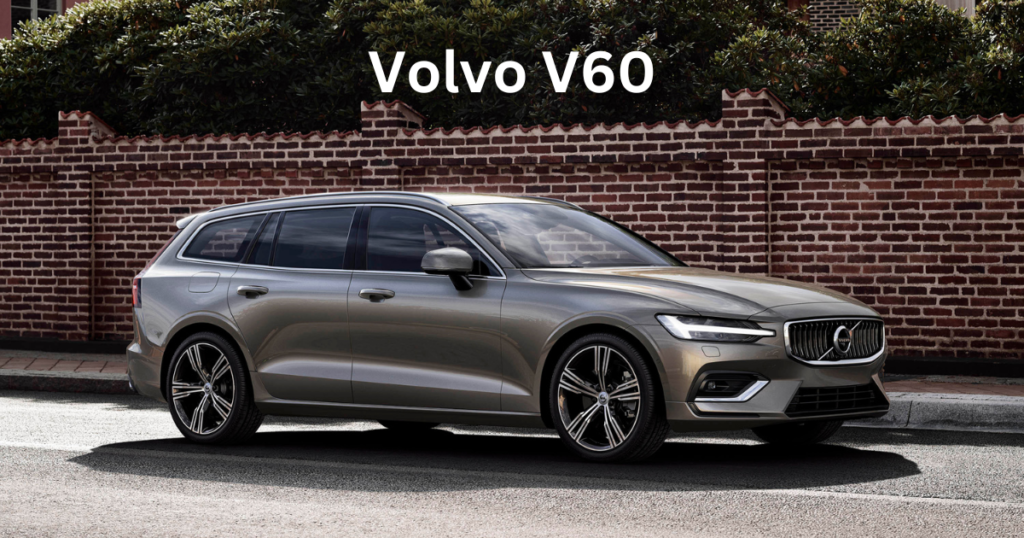
The V60 is a solid choice if you want a reliable station wagon. It is a reliable station wagon that does not have any significant flaws. The 2021 V60 is offered with a choice; you can either go for a gas engine or a plug-in hybrid engine.
Like all Volvos, it has excellent safety features and has consistently scored highly in crash and safety testing for a long time. Parking sensors, a rearview camera, frontal collision warning, blind-spot monitoring, and many other safety measures are all included as safety devices.
Volvo V70

Regarding wagons, the V70 is among the most useful ever produced. Although the V90 replaced it in 2016, the V70 remains a feasible substitute due to how compact the car is. It is an ideal family car for extended road trips because of its spacious interior, abundant safety equipment, and dependable towing capacity.
The V70, however, could be better. The wheel suspension has a significant failure rate and needs special attention. The electronic components, such as its sensors and alarm systems, are also a source of concern. Those looking for updated features and a fresher appearance can opt for the newer, third-generation models.
What are the least reliable Volvo models?
Some less reliable models to bear in mind are discussed next.
Volvo XC60
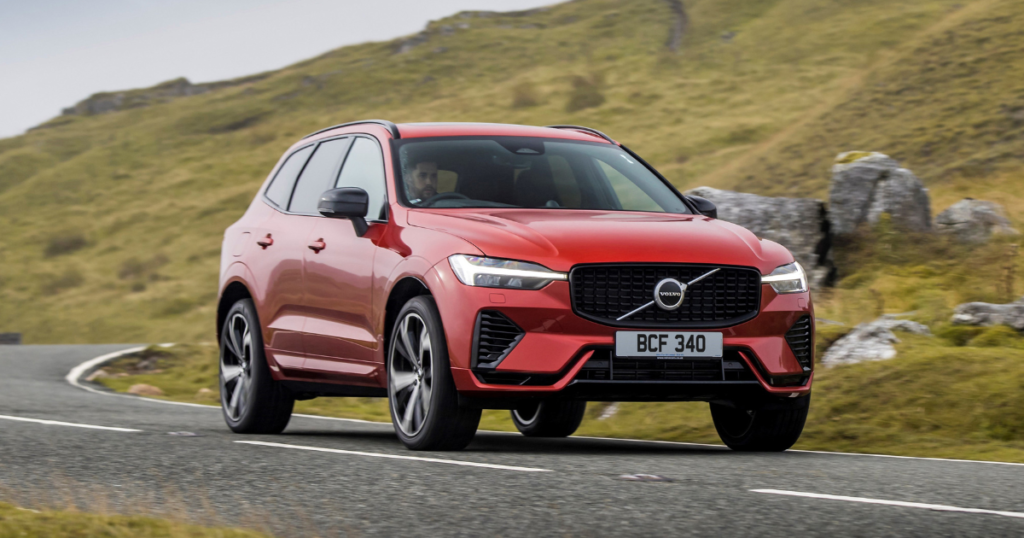
Volvo’s widely sold XC60 model is equipped with state-of-the-art safety tools and entertainment systems. Yet, has its shortcomings, and the many issues reported with this line are difficult to overlook.
Consumer Reports gives the XC60 an underwhelming score of 60 overall but a predicted dependability rating of only 2 out of 5. Despite favorable reviews for convenience, security, and performance, it may not be worth purchasing due to several reliability concerns.
The most typical issue is a broken engine cooling fan, which causes dangerously high engine temperatures and can cause severe engine damage if left unchecked.
Volvo XC90

This luxurious midsize SUV comes loaded with facilities for personal comfort and protection. There were some reports of the XC90 having dependability problems. In some 2016 models, the vehicles’ Auto Braking System did not work; the Auto Brake feature activates, and the seatbelts tighten while the person is driving.
The infotainment system also has a habit of crashing and restarting unexpectedly, which is frustrating while driving. This problem is encountered even at low mileage, say around 900 miles.
Should I buy, lease, or finance a Volvo?
When choosing a company such as Volvo, a lease is better. Signing a lease that includes preventative maintenance eliminates the frustration of reliability ratings and expensive repairs. You can drive the vehicle for 2, 3, or 4 years with the assurance that, in the event of an accident, you are protected, and when the leasing agreement expires, you can move up to the following model.
Conclusion
The model of choice determines the reliability of Volvo. Most customers do not choose a Volvo because of its reliability. Nonetheless, if that is extremely important to you, we advise you to look into the reliability ratings of each model before making a purchase.




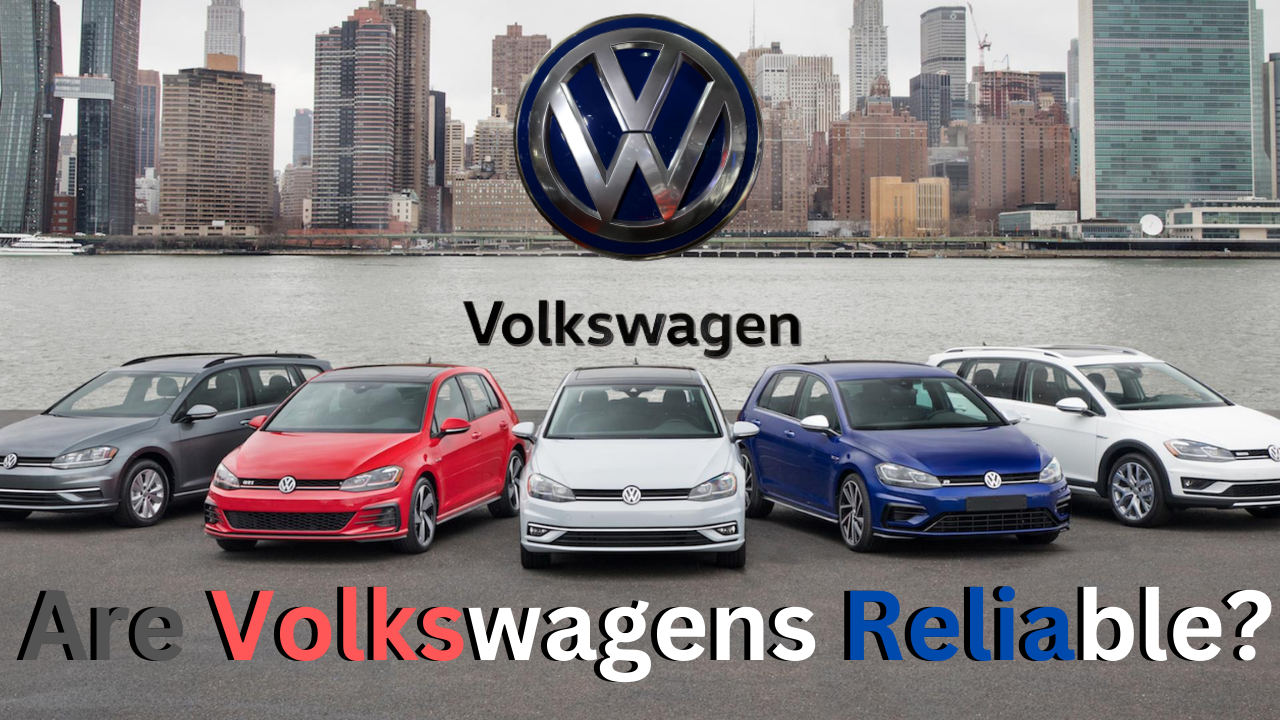
detailed, yet comprehensive and to the point.. the only such report available over net answering each and every question on the topic…i needed this desperately for decision making before choosing one for my family. i am grateful